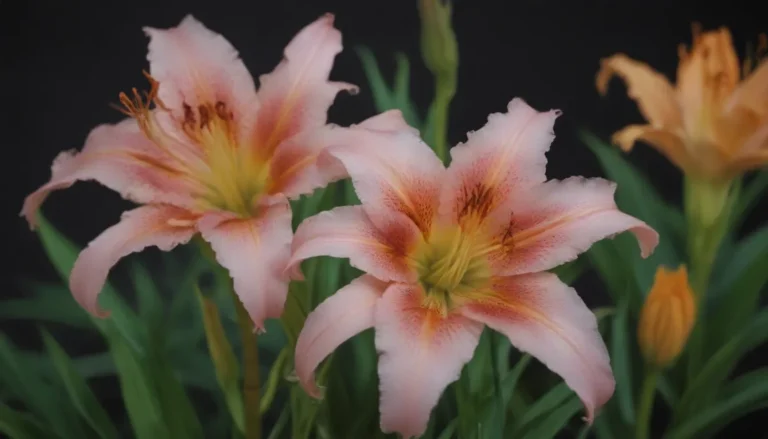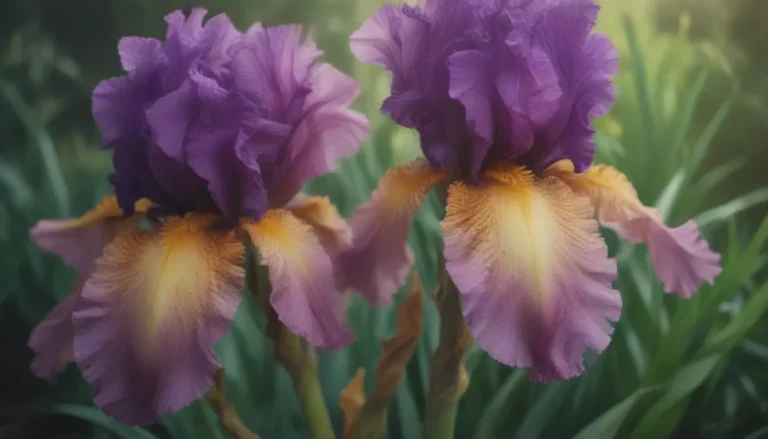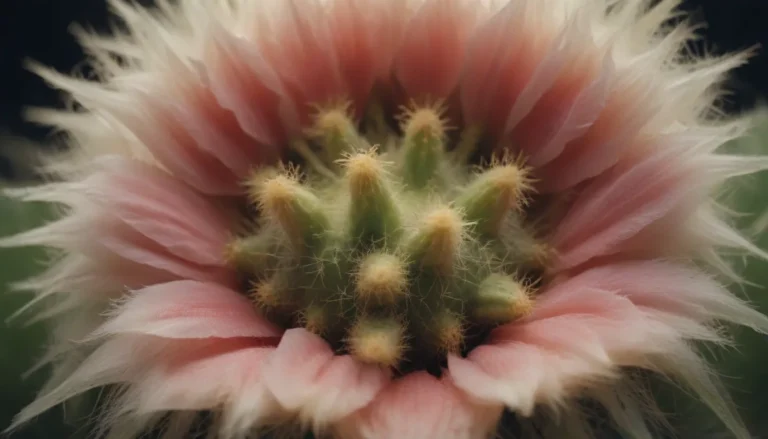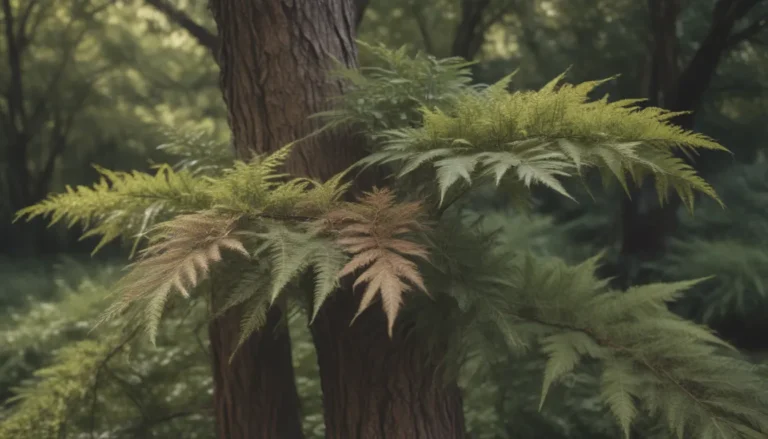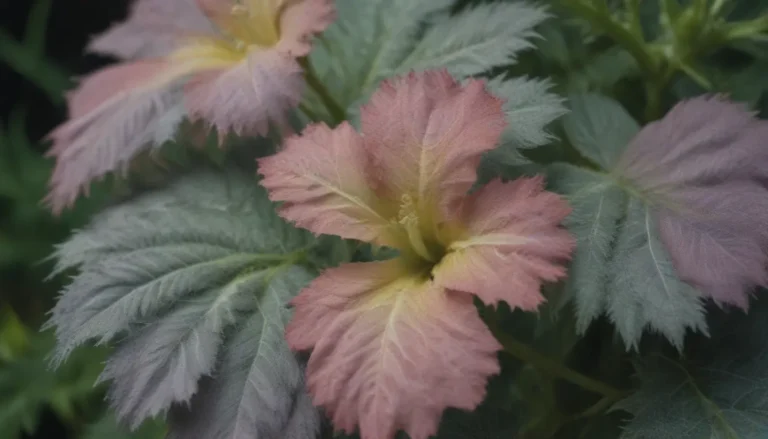The Ultimate Guide to Growing and Caring for Flower of Bristol
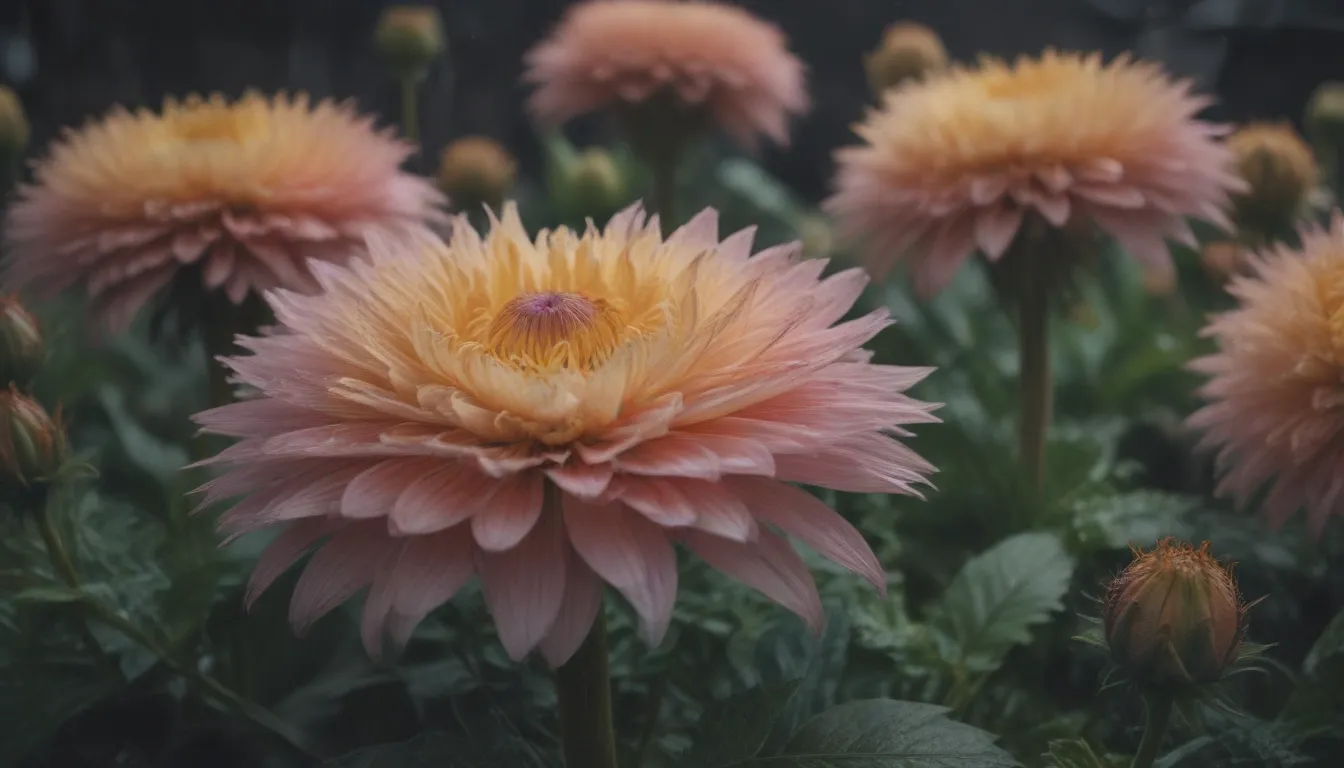
If you’re looking to add a touch of elegance and color to your garden, look no further than the Flower of Bristol. With its stunning cross-shaped design, vibrant scarlet red blooms, and unique clusters of petals, this member of the carnation family is sure to steal the show in any flower border or cottage garden. In this comprehensive guide, we’ll explore everything you need to know about growing and caring for Flower of Bristol plants to ensure they thrive and dazzle in your outdoor space.
Getting to Know Flower of Bristol
Before we dive into the nitty-gritty of caring for Flower of Bristol, let’s take a closer look at this beautiful plant and its characteristics:
- Flower Characteristics: The Flower of Bristol features four and five-petaled blooms that come in shades of scarlet red, white, or pink. These eye-catching flowers grow in clusters, creating a show-stopping display in any garden.
- Growing Habits: Flower of Bristol plants germinate quickly in about two weeks. While they start off strong, their growth rate slows down to a moderate pace over time. They are often paired with yellow flowers to create striking plant color schemes.
- Companion Planting: Consider planting Flower of Bristol alongside phlox, yarrow, and alyssum in a wildflower meadow mix to add a pop of color and diversity to your garden.
Flower of Bristol Care Tips
Now that you’re acquainted with the beauty of Flower of Bristol, let’s delve into the essential care tips to help your plants thrive and flourish:
Choosing the Right Spot
- Select a plot in your garden with fertile, well-drained soil that receives full sun. This will ensure optimal growth and flower production.
- Make sure to provide enough space for three to five plants to spread out and thrive.
- Amend the soil with organic compost or peat to achieve the ideal pH and soil consistency for Flower of Bristol plants.
Providing Support and Protection
- Flower of Bristol plants can grow tall and have a tendency to droop over during the growing season. To prevent drooping, provide support with stakes or surround the plants with low-lying companions like peonies.
- These plants are disease and pest-resistant, making them low-maintenance options for gardeners. Plus, they attract beneficial pollinators like hummingbirds, butterflies, and bees.
Light, Soil, Water, and Temperature Requirements
- Light: For the best show of flowers, grow Flower of Bristol plants in full sun. This will encourage more blooms and create a bushier plant. Plants grown in shady areas may become leggy and less compact.
- Soil: Good soil drainage is crucial for the success of Flower of Bristol plants. They can tolerate mildly acidic or alkaline soils with a pH of 6.5 to 7.5. Add compost and peat to improve soil drainage.
- Water: Keep the soil evenly moist, especially during summer droughts. Water more frequently when propagating from seed, as seeds need consistent moisture to sprout.
- Temperature and Humidity: Flower of Bristol thrives in conditions similar to the Mediterranean region. Mild winters and hot, somewhat humid days are ideal for these plants. They can survive temperatures above 90 F, but regular watering during hot spells is recommended.
Fertilizing and Pruning
- Fertilizer: Flower of Bristol is not a heavy feeder, but it benefits from fertile soil. Occasional feeding with compost should be sufficient to keep your plants healthy.
- Pruning: Deadhead spent flowers in mid-summer to promote continuous blooms. Alternatively, let the plants reseed themselves for a natural spread. Cut old stems down to the ground in spring for new growth.
How to Propagate Flower of Bristol
Whether you’re starting from seeds or transplanting established plants, here’s how you can propagate Flower of Bristol to expand your garden:
Propagating from Seeds
- Sow Flower of Bristol seeds directly into the ground in late spring, covering them with a thin layer of soil. Seeds typically germinate within two to three weeks.
- For indoor propagation, plant seeds in pots filled with sterile potting soil six to eight weeks before the final frost in your region. Keep the pots in a sunny location and water consistently.
- Once seedlings emerge, transplant them outdoors after the danger of frost has passed. Flower of Bristol plants are best grown in the ground rather than in containers.
Overwintering Tips
- Flower of Bristol is hardy to zone 4 and can withstand winter conditions without additional care.
- Prune dead flowers and leaves in late fall to encourage healthy regrowth in the spring. Clumps can be divided in spring or early fall to maintain plant health.
- This low-maintenance plant is disease-free and resistant to deer and rabbit damage, making it a great choice for busy gardeners.
In Conclusion
In conclusion, growing and caring for Flower of Bristol plants doesn’t have to be complicated. By following these tips and guidelines, you can enjoy a stunning display of vibrant blooms in your garden. Remember to provide ample sunlight, well-drained soil, and regular watering to keep your plants happy and healthy. With a little care and attention, your Flower of Bristol will reward you with a show-stopping performance season after season. Happy gardening!
